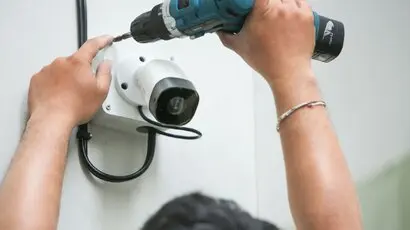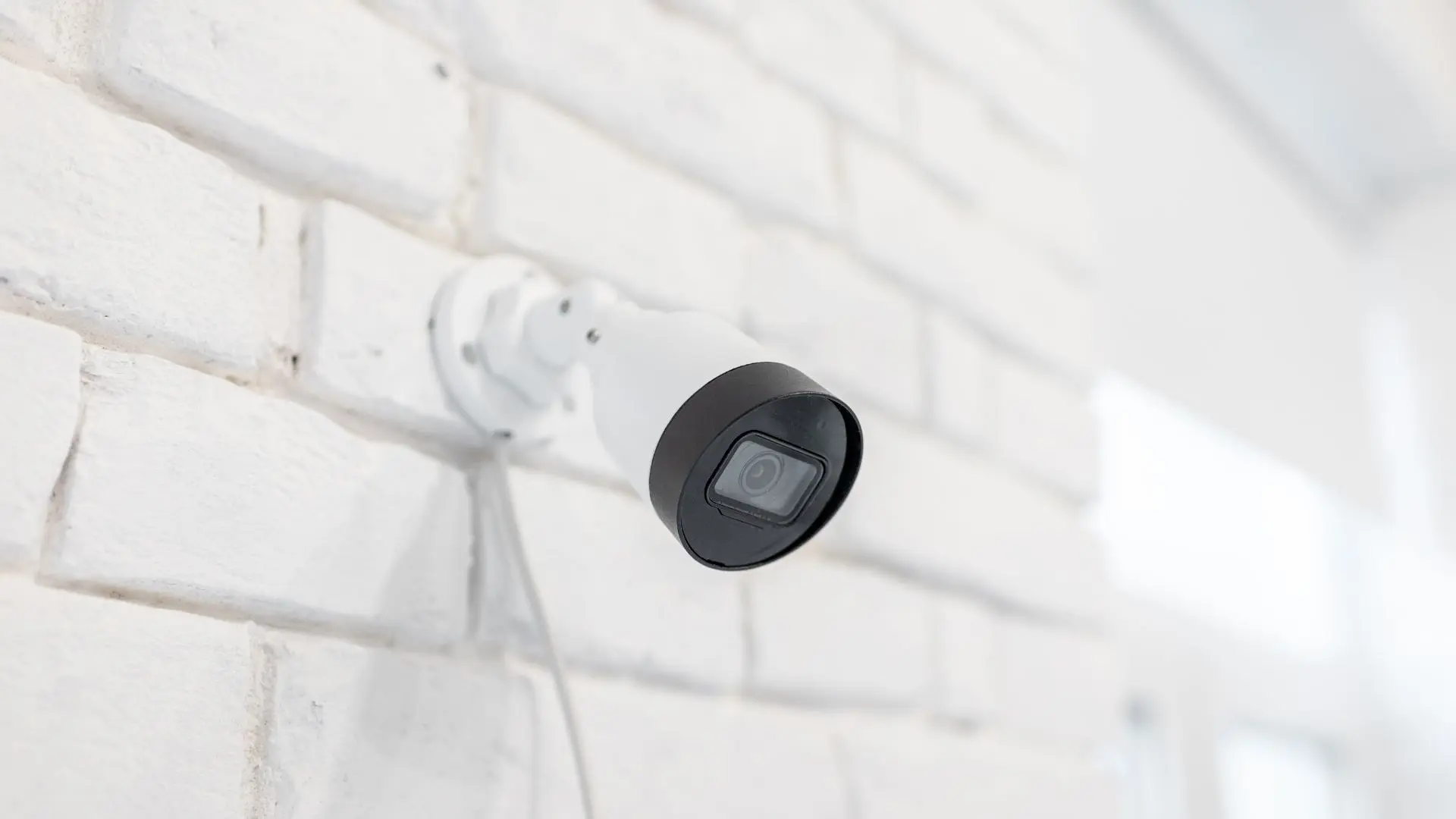
Get your free Melbourne Electrician quote today!
Our team of Melbourne Electricians is here to help you with any questions or concerns you may have. We’re committed to providing you with the best possible service and support.
Not sure where to put your CCTV cameras at home? Strategic placement can make all the difference. From the front door to blind spots in the backyard, this guide walks you through the best positions to boost surveillance and peace of mind. We’ll show you how to get coverage where it really counts—without overcomplicating things.
Ever wondered if your current home security camera setup is actually doing its job, or just looking busy? Strategic camera placement doesn’t just tick a box for safety—it actively deters burglars, protects your loved ones, and gives you peace of mind.
The goal of this guide is simple: show you exactly where to place security cameras for optimal protection, inside and out. From your front door to the often-overlooked blind spots, we’ll walk you through how to install cameras the smart way.
Front Door: Your First Line of Defence
Most burglars don’t sneak in through a window—they walk right through the front door. In fact, around 34% of break-ins happen via the front door, making it your top priority when installing security cameras.

Indoor cameras, on the other hand, prioritise design and discretion. They’re compact, easy to install, and integrate smoothly with other home security systems. But you’ll want to check for high-resolution streaming, solid audio capability, and smart features like mobile alerts.
Wired cameras are usually more reliable, especially outdoors. Wireless ones offer flexibility for internal areas.
When deciding how many security cameras to install, think about layout and budget. A small flat might only need three cameras. A larger home? Maybe eight or more. The right mix gives you full coverage without overkill.
Legal and Ethical Camera Placement Tips
Before you get too excited about placing CCTV cameras everywhere, brush up on security camera placement laws, especially in Australia.
You’re not allowed to record public footpaths, neighbours’ property, or anything beyond your boundary. Keep cameras pointed at your own land and private spaces only.
Indoors, always respect the privacy of family members and guests. Avoid areas like bathrooms or changing rooms entirely. Transparency matters—clearly tell everyone where indoor cameras are located.
For extra peace of mind (and legal protection), install visible signage near cameras. Not only does this keep you compliant, but visible cameras also act as a strong deterrent for intruders.
Smart Features and Integration: Beyond Just Video
Today’s security systems are smarter than ever. Most modern security camera systems offer remote access via mobile apps, so you can monitor your home on the go.
AI-based motion detection, face recognition, and even pet filters help minimise false alerts. You’ll know when it’s an actual intruder, not your cat.
Cloud storage and customised alert settings make it easier to manage footage without hassle. When you install cameras, pick smart ones that let you adapt camera placement based on evolving needs.
When to Call the Experts: Professional Help Saves Headaches
DIY installation is great until it’s not. If your home has a complex layout, multiple blind spots, or tricky wiring needs, call in the pros.
Professional installation ensures proper angles, cable management, and power supply. They’ll also help position cameras for optimal protection.
Why guess when you can get it right the first time?
Secure Your Home with Confidence
Security isn’t about paranoia, it’s about peace of mind. And that starts with the proper placement of your home security cameras.
From indoor cameras watching over loved ones to outdoor cameras protecting tools and vehicles, where you place cameras is just as important as the cameras themselves.
Skip the guesswork. Know your security goals, identify potential entry points, and position each CCTV camera to cover valuable objects and eliminate blind spots. Whether it’s a wired camera in your garage or a motion-sensing video doorbell at the front door, it should all work together as one smart, seamless home security system.
Don’t settle for “close enough.” Ensure cameras are installed for optimal performance and comprehensive coverage.
For a safer, smarter home, contact WP Electrical today. We offer expert CCTV & Security services tailored to your needs—no fuss, just peace of mind.
Published by: Pascal Harb17 October 2025